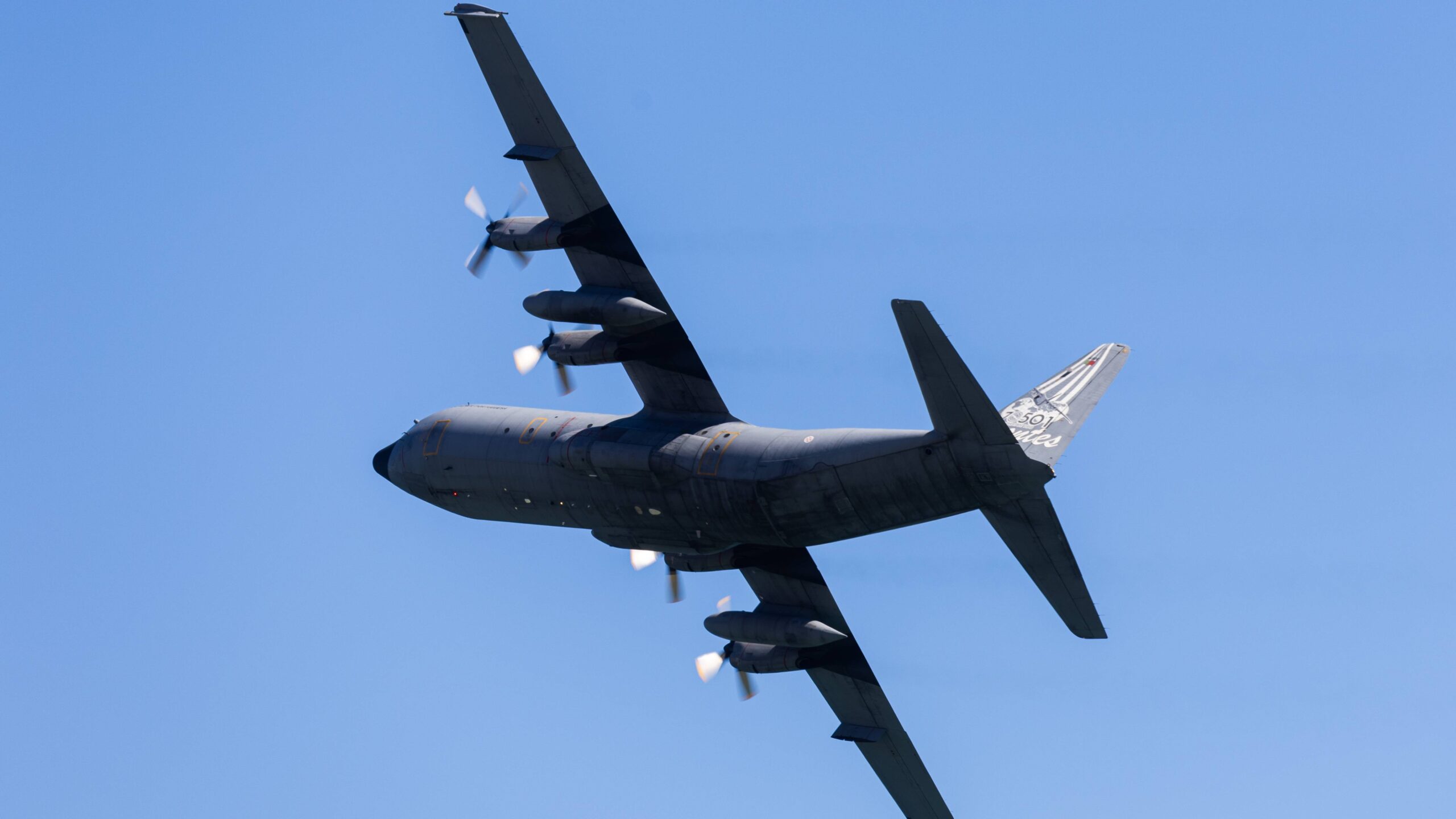Aircraft should be put to firefighting use when necessary, minister believes
Portugal’s defence minister, Nuno Melo, announced today in Aveiro that he will propose to the government the acquisition of two ‘kits’ to equip Air Force C-130 aircraft with the capacity to fight fires, as they have in the past.
The minister made the announcement on the sidelines of the signing of the cooperation protocol for the implementation of the ‘Framework for Education for Security, Defence and Peace’, with the 11 municipalities of the Aveiro region.
The minister, who on Monday afternoon is due to visit some of the locations affected by Portugal’s devastating September wildfires, took the opportunity to affirm his commitment to providing the Armed Forces “with this additional training that could make a big difference in the future”.
Speaking to journalists, Nuno Melo explained that the Armed Forces want to be involved in fighting fires and not just in preventative actions, as is currently the case.
“We believe that the Armed Forces, if called upon, can do more, as has happened in the past. The C-130s are aircraft that can be used and deployed to fight fires, provided they are equipped with specific kits,” he said.
The minister said that he was “very committed” to the idea of using C-130 aircraft to fight fires, adding that if the government approves the purchase of the kits, they could be available around a year after the order is placed.
“What interests me is knowing that if the C-130s are equipped with these ‘kits’ and if the military are called upon, using these aircraft, to fight fires, they will be at the service of the Portuguese people,” said the minister, assuring that there are currently four C-130s that are operational.
In July 2022, the Air Force clarified in a statement that during the 1980s it operated a modular system applicable to the C-130 Hercules fleet, which made it possible to adapt those aircraft to carry out direct (water dropping) and indirect (fire retardant slurry) firefighting missions.
However, according to the Air Force, the use of this system decreased significantly and became inexistent from 1996 onwards, due to the reorganisation of firefighting resources carried out by the ministry of the interior in the 1990s.
“Some 13 years after the last effective and regular use of the system, and considering that the equipment was showing obvious signs of degradation as a result of lack of use and ageing (25 years), it was decided to sell the equipment in 2009. In May 2013, the disposal process was finalised,” says the statement.
Source: LUSA


























